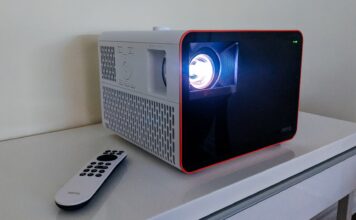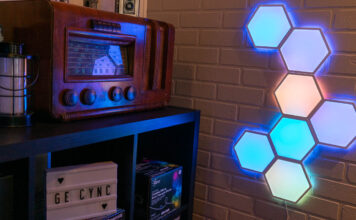
2016 is turning out to be a marvelous year for stargazers and astronomers. The Quadrantids meteor shower kicked off the year with as many as 40 meteors per hour and there’s quite a list of things to see from planets to various lunar and celestial events.
Telescopes are available in a variety of sizes and capabilities and some are designed specifically for certain events. Here are five upcoming reasons why you need a telescope this year. Remember, The best time to see the planets will be just before sunrise towards the east, all over in the world, wherever there are clear skies.
Jupiter at Opposition – March 8, 2016
Jupiter as it basks in full sunlight during its opposition. Jupiter is sure to delight all who view it, from professional observatories to amateurs with handheld binoculars. Make sure to check out its four Galilean moons and see if you can make out colorful cloud bands or the Great Red Spot.
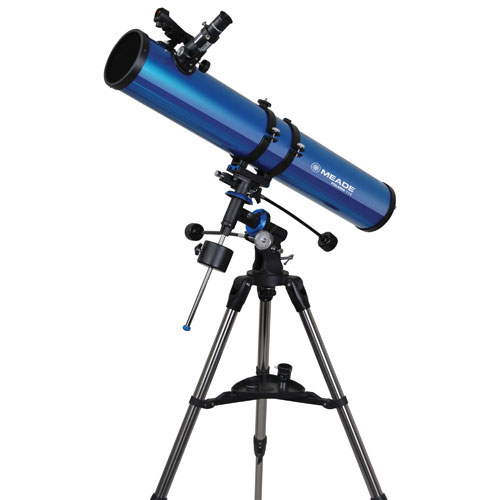 Meade Instruments Polaris 114 reflecting telescope is Great for beginners, this telescope has a 114mm aperture that delivers bright, clear images.
Meade Instruments Polaris 114 reflecting telescope is Great for beginners, this telescope has a 114mm aperture that delivers bright, clear images.
It has a German equatorial mount with slow motion controls that let you easily track objects and it includes a Red Dot viewfinder that offers an easy way to find objects.
Featuring a 1000mm focal length offers great high-magnification viewing and f/8.8 focal ratio offers a wide field of view for observing star clusters and nebulae and a high-powered view for seeing detail
The Meade telescope comes with an 26mm eyepiece that offers a wide field of view and a 9mm eyepiece that offers a medium level of magnification, and a 6.3mm eyepiece offers high magnification and the Included Red Dot viewfinder provides an easier way to initially sight objects.
Eta Aquarids Meteor Shower- May 6-7, 2016
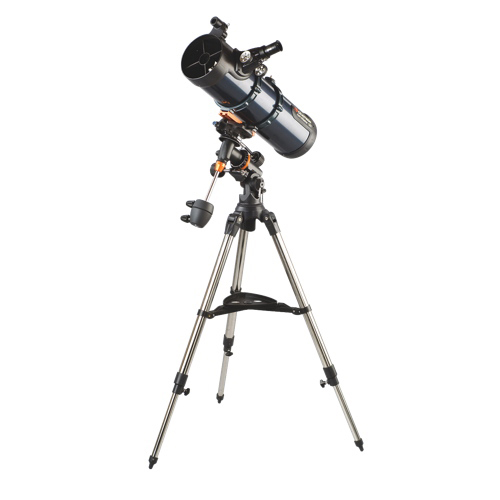 Bright Moon phases will obscure many of this year’s best meteor showers, but a new Moon on the night of May 6 ensures dark skies for the Eta Aquarids, which is composed of the remnants of the famous Comet Halley. Meteors—up to 30 per hour in the Northern Hemisphere and 60 per hour in the Southern Hemisphere.
Bright Moon phases will obscure many of this year’s best meteor showers, but a new Moon on the night of May 6 ensures dark skies for the Eta Aquarids, which is composed of the remnants of the famous Comet Halley. Meteors—up to 30 per hour in the Northern Hemisphere and 60 per hour in the Southern Hemisphere.
Considered a great telescope for the price, the Celestron AstroMaster 130EQ 130 x 650mm Telescope is ideal for tracking meteor showers. This is a versatile dual-purpose telescope that’s ideal for both terrestrial and celestial viewing. It produces bright, clear images of the Moon and planets, and makes it easy to see the moons of Jupiter and the rings of Saturn.
With 130mm aperture and 650mm focal length provide great views of the night sky and it has up to 65x magnification, it is ideal for stargazers.
With the right eyepieces, this telescope offers access views of Venus, Mercury, the moon, Mars, Jupiter (and it’s giant moons), Saturn, Neptune and Uranus.
Perseids Meteor Shower- August 12-13, 2016
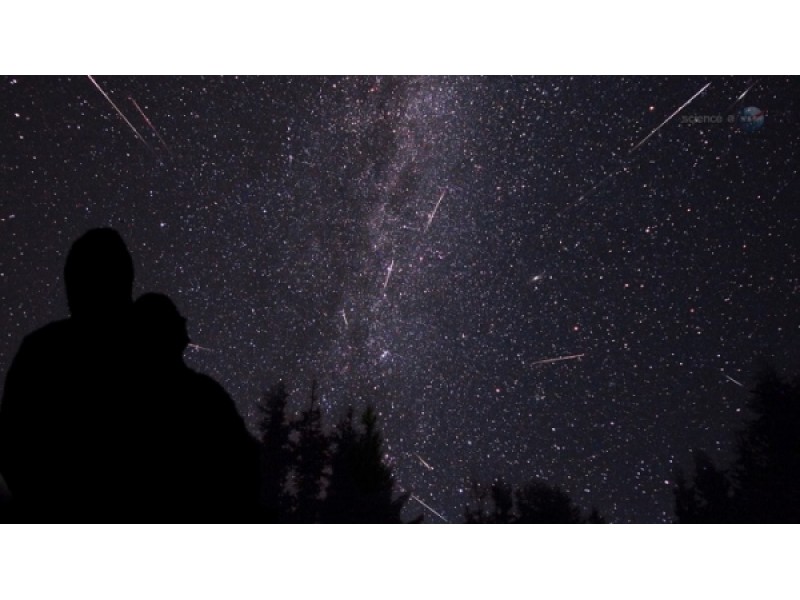
The Perseids meteor shower is one of the main celestial events of the summer. This year, skies will be dark after the Moon sets around midnight, leaving the sky ready for peak meteor viewing, up to 60 per hour.
This shower’s timing is ideal for a summer camping trip to your favorite dark sky site.
The Celestron NexStar Computerized Telescope is an ideal telescope for enjoying this meteor shower.
Featuring a portable design that’s perfect for travelling and star-gazing from anywhere, it sports a StarPointer finderscope to help with alignment and pinpointing celestial objects.
Designed for entry level to mid-level users, this telescope features SkyAlign technology to align on any three bright celestial objects, making for a fast and easy alignment process. It has a highest useful magnification of 300x and lowest useful magnification of 18x. It Includes NSOL telescope control software for basic control of your telescope via computer (with optional RS-232 cable).
Conjunction of Venus and Jupiter – August 27, 2016
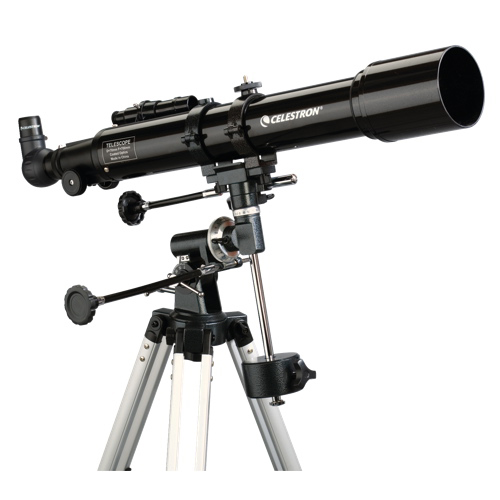 The two brightest planets, Venus and Jupiter, will appear to have an ultra-close encounter in the evening sky, coming within 0.06 degrees of one another.
The two brightest planets, Venus and Jupiter, will appear to have an ultra-close encounter in the evening sky, coming within 0.06 degrees of one another.
This amazing event will occur just after sunset in the western sky.
The Celestron PowerSeeker series of telescopes is designed for awesome entry-level performance for the aspiring astronomer, giving them the perfect combination of quality, value, features and power.
This telescope features a portable yet powerful design with ample optical performance to excite any newcomer to the world of amateur astronomy.
The 70mm aperture offers superior light-gathering capabilities so you can view the stars easily even when its pitch dark out.
A 700mm focal length for exceptional magnifying power and 3x the Barlow lens triples the magnifying power of each eyepiece.
Geminids Meteor Shower and Supermoon – December 13-14, 2016
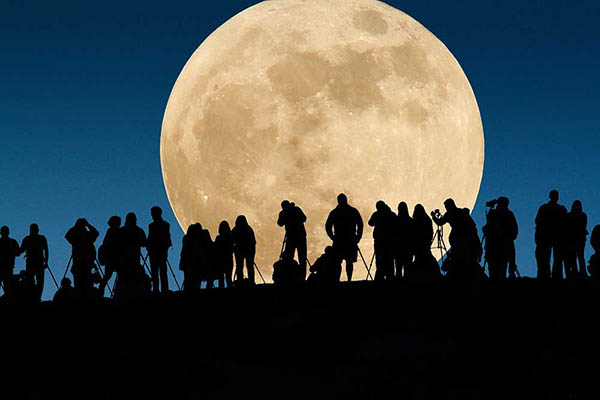
A bright supermoon on the night of December 14 will certainly put a damper on the usually-breathtaking Geminids. However, since the Geminids are the biggest and brightest shower of the year, a few “shooting stars” might peek through the Moon glow. Make a night of it by observing craters and geographical features on the Moon and see if a stray meteor streaks by here and there.
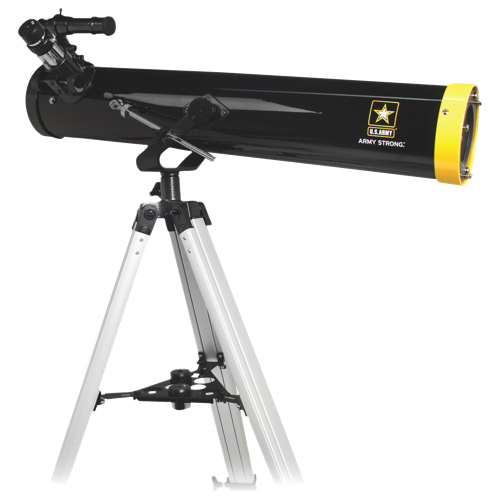 You can gaze at the rocky, pockmarked surface of the moon in finer detail with your U.S. Army Reflector Telescope.
You can gaze at the rocky, pockmarked surface of the moon in finer detail with your U.S. Army Reflector Telescope.
With a 76mm aperture and 700mm focal length, this high-power zoom scope captures crisp images whether in the daytime or nighttime. It offers multicoated glass optics and a tough aluminum case that’s light enough for transport.
This is a high-power scope can be appreciated by novices and experts alike looking to discern details terrestrial or celestial landscapes.
It has a 700mm focal length allows you to observe anything from moon close-ups to planet viewing a 76mm aperture allows for brighter images.
Other accessories
Aside from a wide selection of telescopes available at Best Buy, there are also a variety of accessories that make stargazing far away from the city (where there is less chance of light pollution),
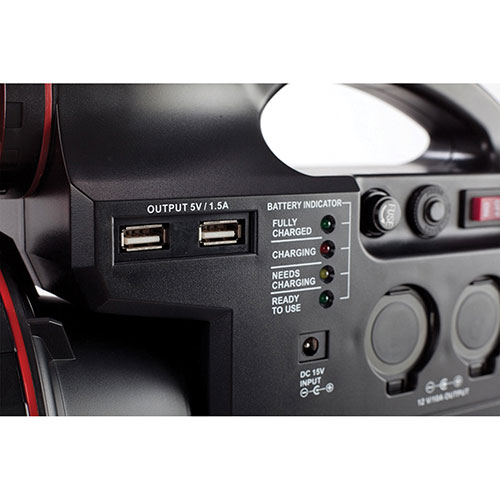 Celestron’s Power Tank 12V Rechargeable Mobile Power allows you to take your telescope anywhere with this portable Celestron rechargeable power supply.
Celestron’s Power Tank 12V Rechargeable Mobile Power allows you to take your telescope anywhere with this portable Celestron rechargeable power supply.
Designed for amateur astronomers, this power supply features, 7-amp hours, two 12V output cigarette lighter ports, and 2 USB ports for charging mobile devices. The built-in flashlight with red filter cap and LED spotlight give you light to help you set up in the dark.
Built-in flashlight with red filter cap and energy efficient LED spotlight makes setting up your telescope in the dark easy. It also Includes emergency roadside feature with booster terminal on rear side for starting weak car batteries.
The Carson HookUpz Universal Smartphone Digiscoping Adapter allows connecting a smartphone to an optical device.
A self-centering clamp equipped with release grips hold a variety of optics so you can capture magnified images on your smartphone. A compact and lightweight design also allows you to bring the universal adapter anywhere.
This accessory can be used on binoculars, monoculars, spotting scopes, telescopes, microscopes, night vision, borescopes, or slit lamps. Note however that while this fits most popular smartphones with or without a case and works with nearly all optics, it is not compatible with phablets including the iPhone 6 Plus, Samsung Galaxy Note, and Lumia 920.
















